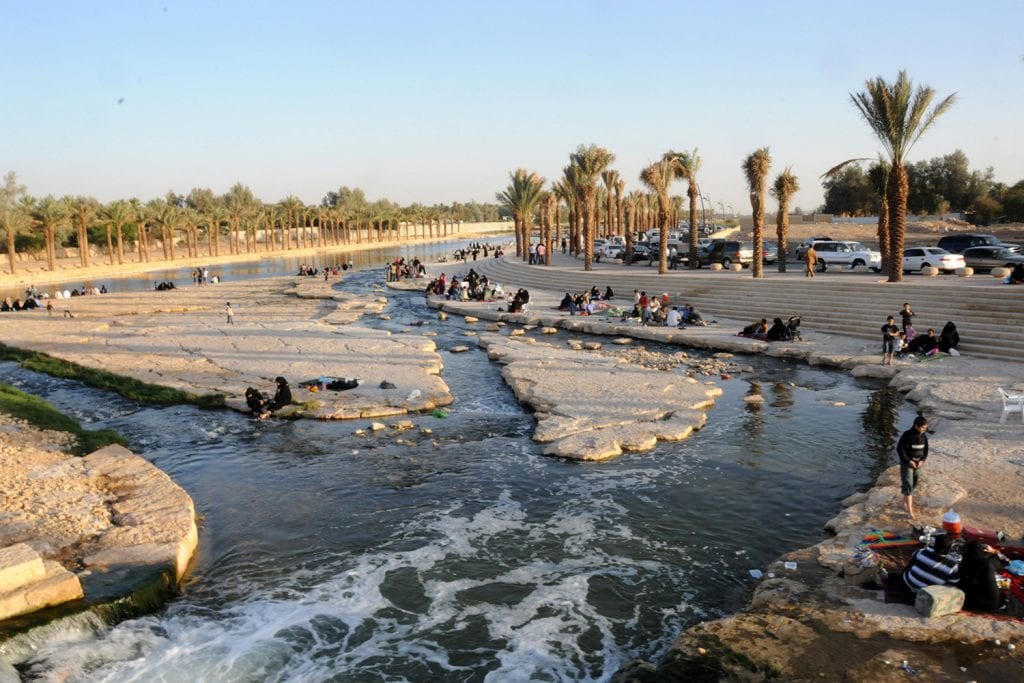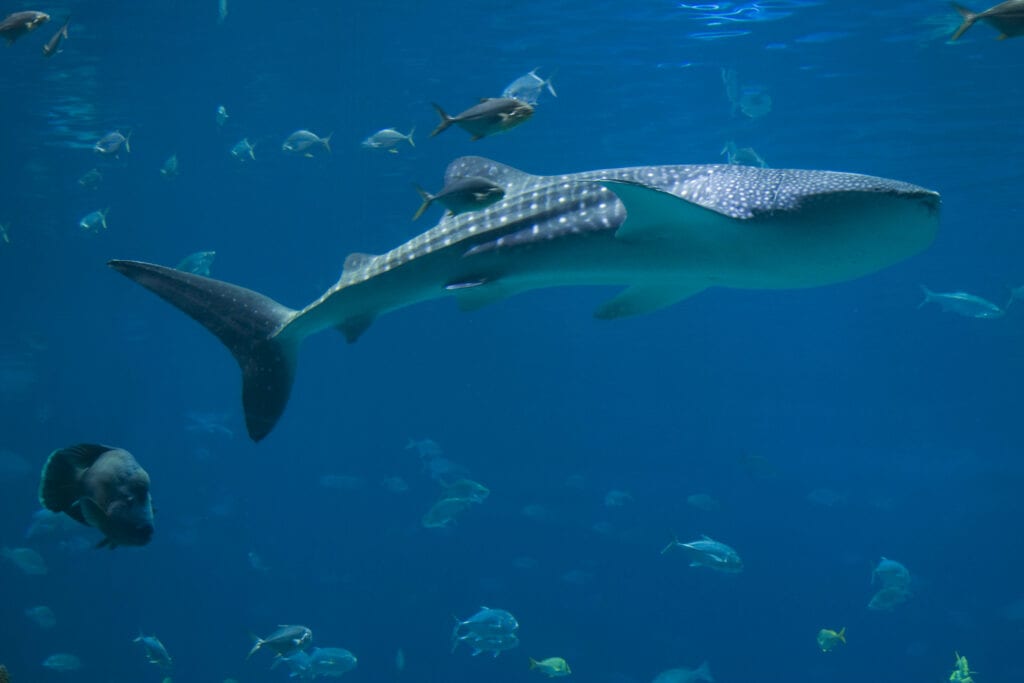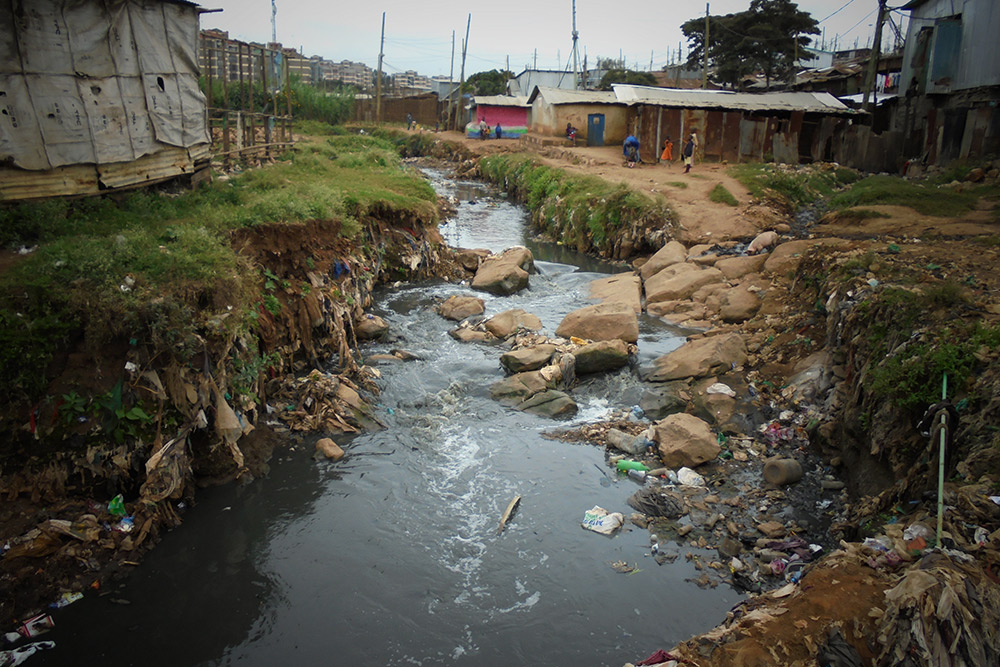The importance of World Oceans Day
To celebrate World Oceans Day, Gabriella Panteli writes about how understanding and working with the ocean is critical to her coastal engineering work.

World Oceans Day was established at the Rio de Janeiro Earth Summit on 8 June 1992. 16 years later, in 2008, it was officially recognised by the United Nations. It is an international day to support our planet’s oceans and the wildlife that inhabits them. This year, the theme is ‘The Oceans: Life and Livelihood’.
With this in mind, here are a few facts about the ocean to whet your appetite:
- The oceans cover more than 70% of Earth’s surface
- It is home to most of earth’s biodiversity
- An estimated 40 million people are expected to be employed by ocean-based industries by 2030
- Around 10% of the world’s population live in coastal areas that are less than 10 metres above the present-day sea level
- The oceans absorb 90% of earth’s heat and 50 times more carbon dioxide than the atmosphere
- The oceans produce over half of the oxygen that we need to breathe.
Why so popular?
Historically, cities have developed along coastlines. This is largely due to the economic benefits around ports, the transportation of goods by sea and the abundance of food sources. Even in the face of climate change and rising sea levels, new developments continue to grow along the world’s coastlines.
At Buro Happold, a large part of what we do is related to large coastal masterplans and the redevelopment of existing coastal hubs.
The balance between life and livelihood
The challenge is about striking a balance between maintaining the life and health of our oceans whilst our coastlines change and develop. Development along our coastlines and in sensitive marine environments is going to happen, but we need to make sure that we protect the oceans and the wildlife at the same time.
Coastal engineers have a responsibility to our oceans. Not only from an engineering perspective, but also from a wider perspective in terms of how our proposals could affect the marine environment.

Rising sea levels add to the challenge
There is some level of uncertainty around sea level rise projections, mainly due to concerns about how the Antarctica Ice Sheet will react to a warming planet, and how rapidly these reactions will happen.
At Buro Happold, we make sure to keep on top of the latest climate data – which is constantly evolving – to give the most appropriate recommendations on sea level rise allowances.
Existing cities and communities that inhabit the world’s coastline are only now beginning to contemplate the scale and impacts of sea level rise. For many, there is an increasing realisation that the consequences will not only be dangerous in the short-term, but catastrophic in the long-term.
Some of the most vulnerable cities include Mumbai, Shanghai and Miami. These cities will need to develop solutions to adapt and increase resilience in the near future. New coastal development projects around the world have the opportunity to build this resilience from the start.

How do we develop along the coastline?
The coastal zone is a highly complex, sensitive and dynamic environment. Interventions can disrupt its balance and be difficult to anticipate. At Buro Happold, we work hard to create sustainable developments that anticipate, manage and mitigate the impact on the ocean.
We must understand the existing conditions and environment as well as consider how it may change in the future. We gather and analyse a wide range of data and information (wind, wave, tide data, bathymetry, topography and environmental / ecological data) to give us the best idea of what is happening on that specific section of coastline.
In my experience as a member of the Buro Happold Water Group, I work closely with our Environment Consultancy team to ensure we minimise the impact to sensitive habitats. By introducing coastal and ecological setbacks (and allowing for sea level rise), we can help maintain habitats and beaches into the future. Coastal setbacks are demarcated areas where development is prohibited to combat erosion and control flooding.

For coastal structures, we aim to utilise existing seabed levels, position structures in areas of less sensitivity and make use of floating structures in sensitive marine habitats to reduce the loss of corals and seagrass. When looking to provide a new marina or enclosed water body, we undertake flushing modelling to ensure that man-made inlets and marinas achieve good water quality.
As a coastal engineer, I am constantly thinking about how my day-to-day work relates to or could impact the ocean. I am always trying to strike the balance between ocean life and livelihoods.
On World Oceans Day 2021, why not take a few moments to think about what the ocean means to you and how you can help protect it?
Perhaps you think of the ocean as a place to live or work, somewhere to go on holiday, a source of food, transport or rain, the primary source of the world’s oxygen, a vast sponge for absorbing carbon or as the greatest regulator of our climate and weather patterns.
Happy World Oceans Day.
Resources:









